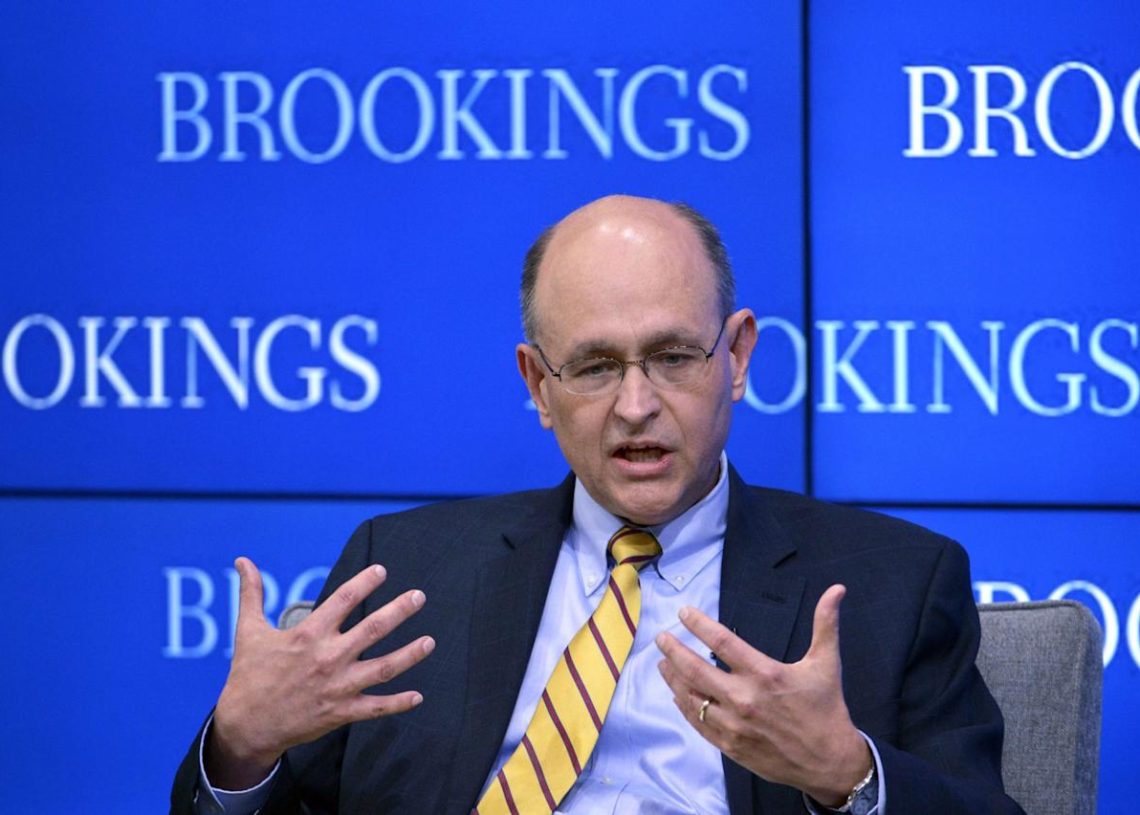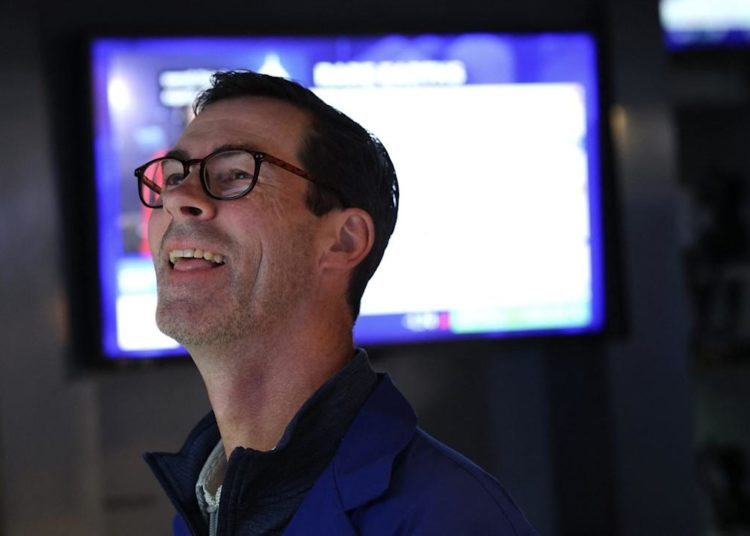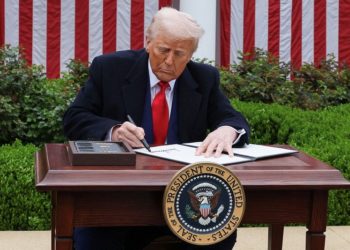Flying between Helsinki, Prague, Milan, and Geneva to meet with clients, Nathan Sheets, Citigroup’s top economist, has a bird’s-eye view of how tariffs are reshaping the global economy.
But on the ground, he warns, the consequences of President Donald Trump’s renewed tariff wars are showing up in ways that will hit regular Americans the hardest.
“We haven’t seen tariffs at these kinds of levels in the United States for many decades,” he told Fortune while en route to Zurich. “And so an implication of that is that we’re learning about how tariffs affect the economy in real time.”
Sheets, who also served in President Barack Obama’s administration as the U.S. Treasury’s top economic diplomat, estimates that U.S. consumers are currently bearing about 30% to 40% of tariff costs—but that number is poised to rise to around 60% as companies run out of room to absorb higher import prices. “Firms can only absorb so much,” he said. “They’ll need to push more through to the consumer.”
Sheets isn’t alone among Wall Street economists in arguing this. Earlier this week, Morgan Stanley’s chief U.S. economist, Michael Gapen, argued that firms have been absorbing the hit as much as they can, and tariffs have effectively been a “tax on capital,” at least so far.
That pass-through is already starting to appear in the data, Sheets added, though unevenly. Goods inflation in several categories has accelerated since the tariffs took effect earlier this year: Audio equipment is up 15%, furniture and bedding nearly 7%, and tools and hardware around 4%.
Most of those are imported products—things that show up in your household, not your grocery cart, he said.
Sheets believes that retailers will pass through the tariff effects subtly, through key “pricing windows,” when they are already likely to be raising prices, such as during the holiday shopping season and the New Year.
Companies can afford to do that, he said, because they stocked up on inventory before tariffs were imposed and have been drawing down those cheaper supplies. But that cushion is running out.
“We’re starting to see it,” he said. “By spring, it’ll be more visible in the data.”
The economist said firms are walking a fine line: Consumers are still “fatigued” from post-pandemic inflation and are not in the mood to tolerate another wave of price increases, but companies can’t keep eating the costs forever.
“One thing you wouldn’t want to do is raise your price, make your customers mad, and then have the tariffs adjust downward,” he added. “So they’re judging carefully their capacity to pass it through, and the timing in which they do it.”
The second way tariffs could play out, Sheets warned, is through a kind of snake-eating-its-own-tail effect: hurting the same U.S. manufacturing base they’re meant to protect.
“There’s a fundamental reality here,” he said. “Wage rates in the United States are relatively high. If you’re going to use U.S. labor and pay them competitive wages, there are just certain kinds of manufacturing activities that are very difficult to do profitably.”
That, he argued, is why so many jobs shifted to China and Mexico over the past 40 years—and why tariffs may bring factories back, but in a “very capital-intensive” way: think automatons, not more workers.
“Firms will say, ‘I can’t afford to pay U.S. wages for this activity, so I’m just going to fully automate it,’” Sheets said. You bring back production, you bring back investment—but you don’t bring back nearly as many jobs.”
Trump, on “Liberation Day,” promised to usher in a golden age of manufacturing and reshore production through his tariffs. But Sheets argues that he might have just accelerated the push to automate factories through AI and advanced robotics, which make it easier than ever to run a factory with fewer people.
“We saw this with the computer revolution,” the economist said. “Some jobs vanish, new ones emerge, but they’re not the same jobs.”
Sheets said that for now, most U.S. allies are taking a “wait and see” approach rather than retaliating with their own tariffs, largely because they still depend on access to the American market.
But he warned that if more countries follow Washington’s lead and start weaponizing tariffs, the global trading system that’s defined the postwar era could begin to fracture.
He compared the situation to the early 1930s, when the Smoot-Hawley tariffs triggered widespread retaliation and a collapse in global trade that worsened the Great Depression. Back then, the world turned inward, and the result was “devastating,” he said. He cautioned that, thank goodness, other countries aren’t following the U.S. lead—so far.
Still, Sheets said he thinks there’s room to rethink—not abandon—the economic order that’s held for decades. Global leaders did so about every 40 years: In the 1940s, they came up with the IMF and the World Bank, and in the ‘80s and ‘90s the development of the WTO.
“Maybe it’s time to do more deep thinking about how we can have an effective global trading system,” he said.
This story was originally featured on Fortune.com
The post Top Wall Street economist sees 2 ways tariffs could play out—and neither is good for the average worker appeared first on Fortune.




